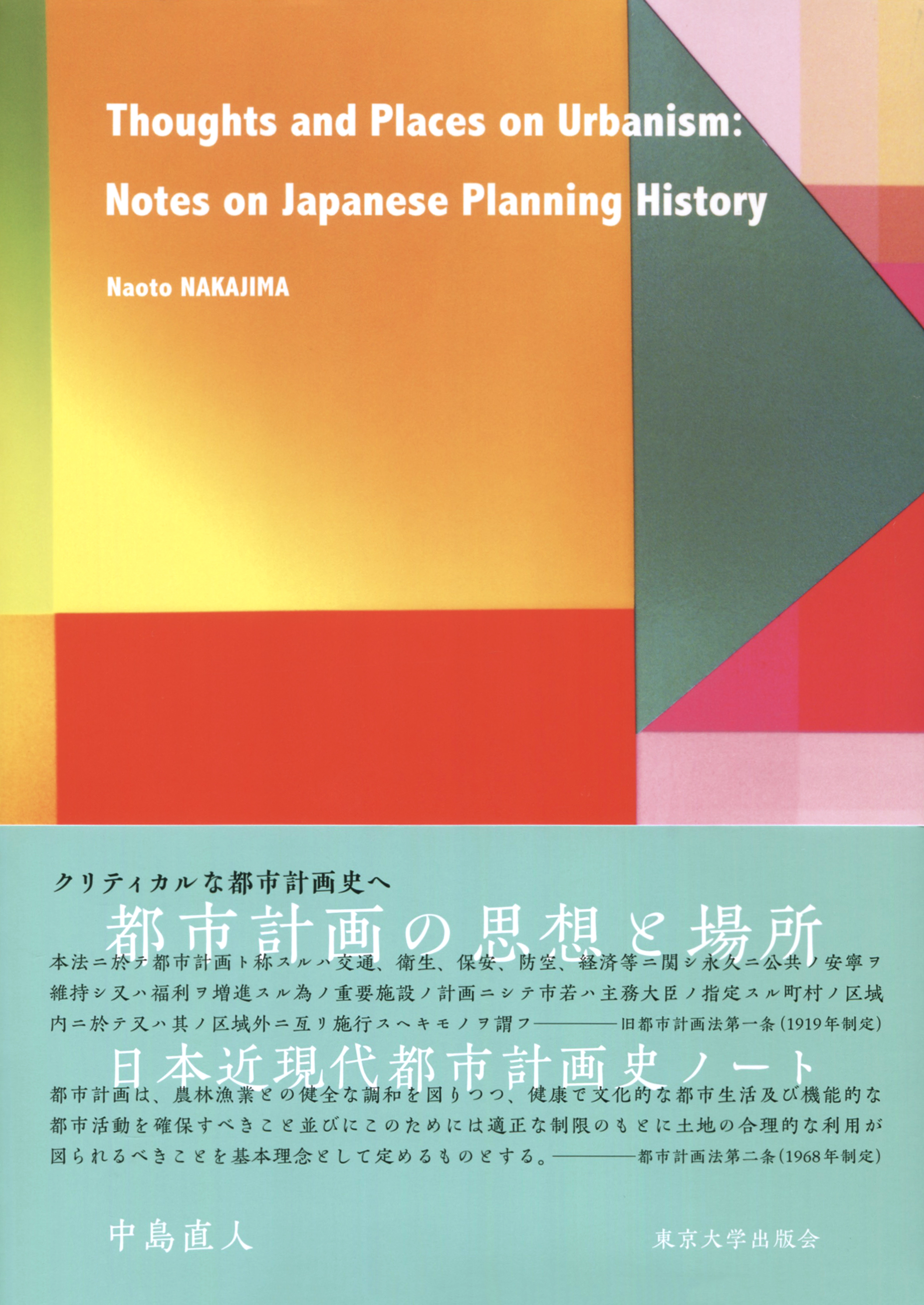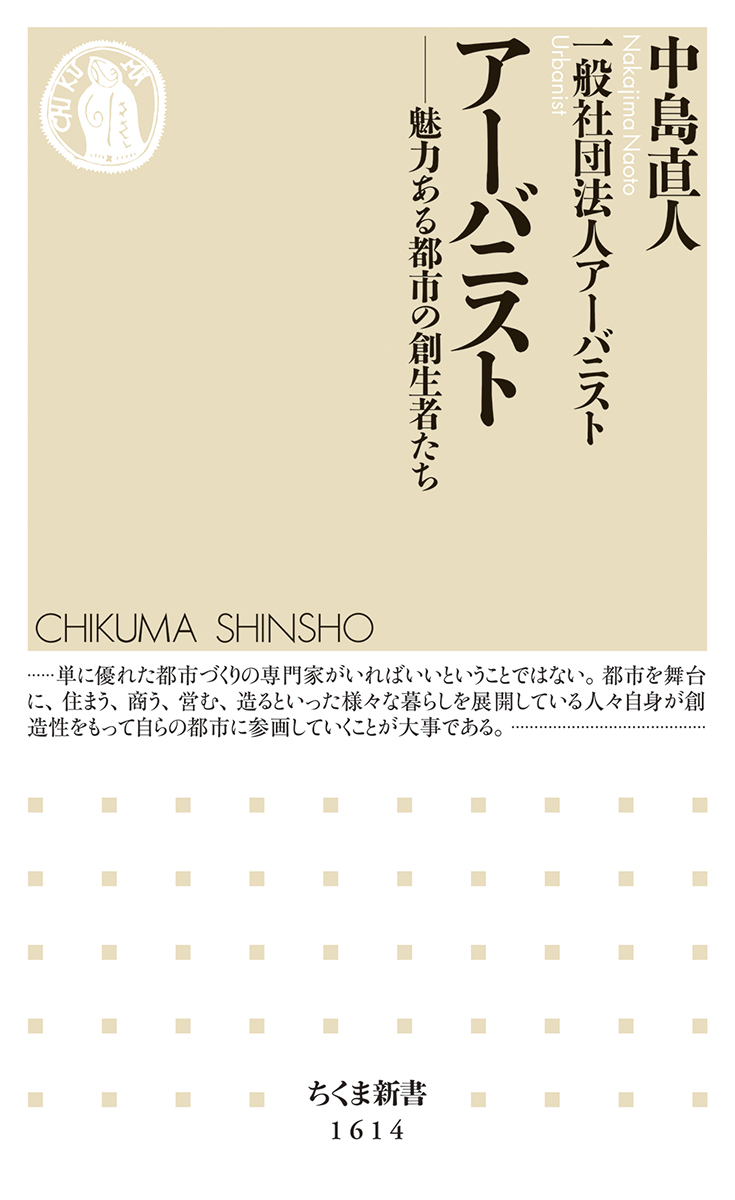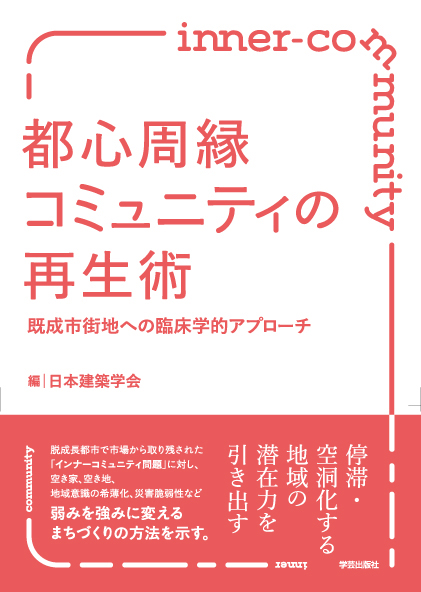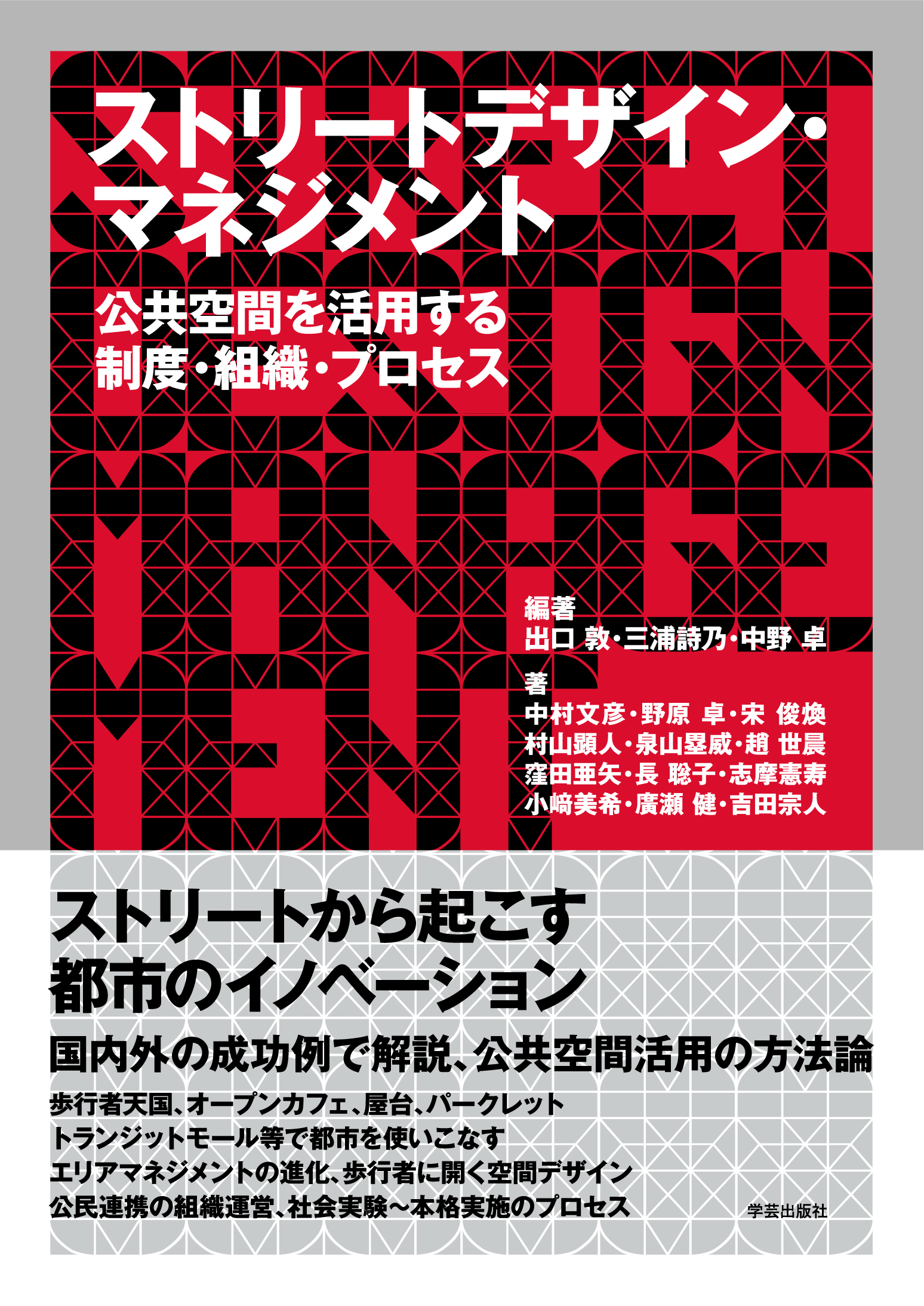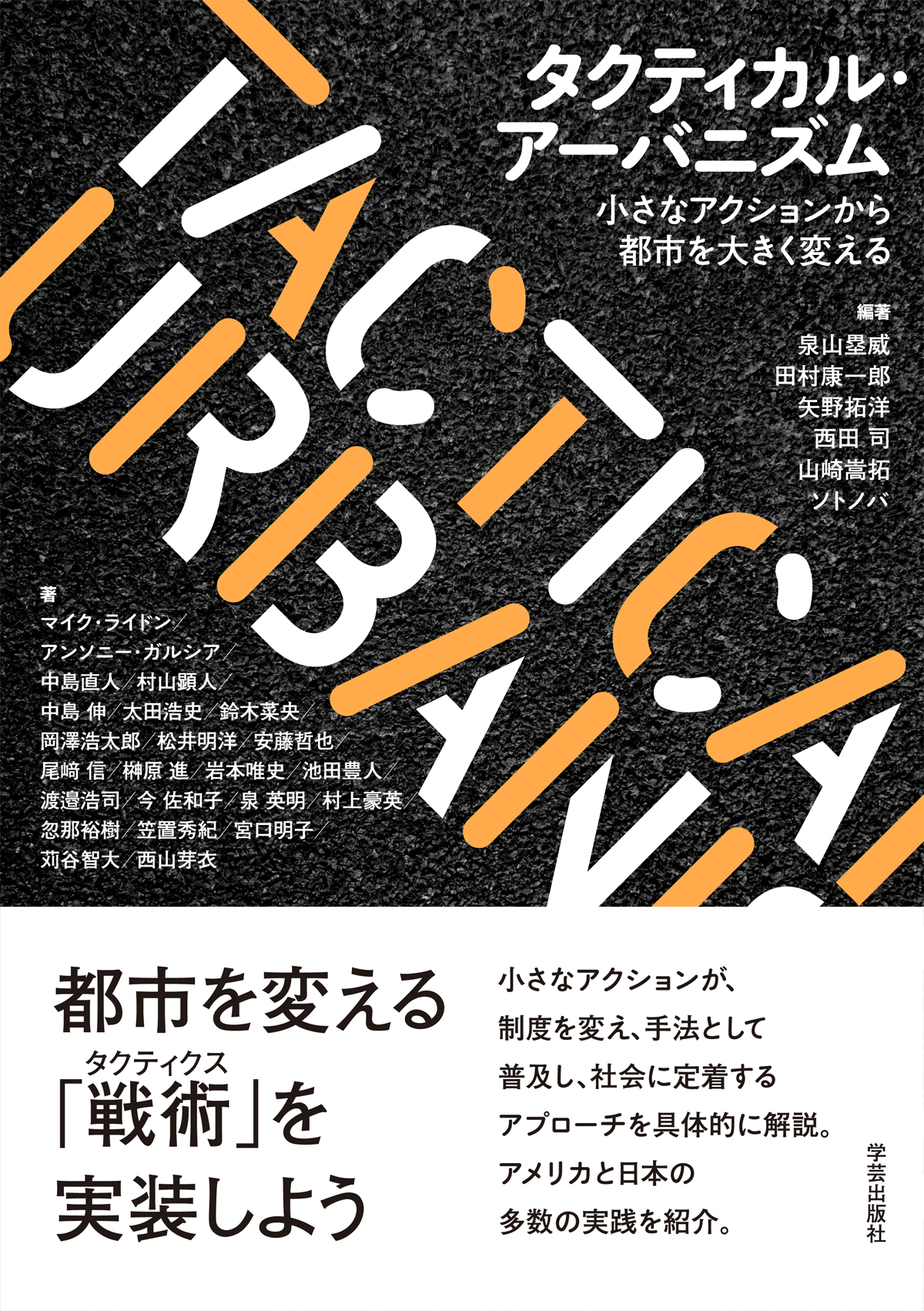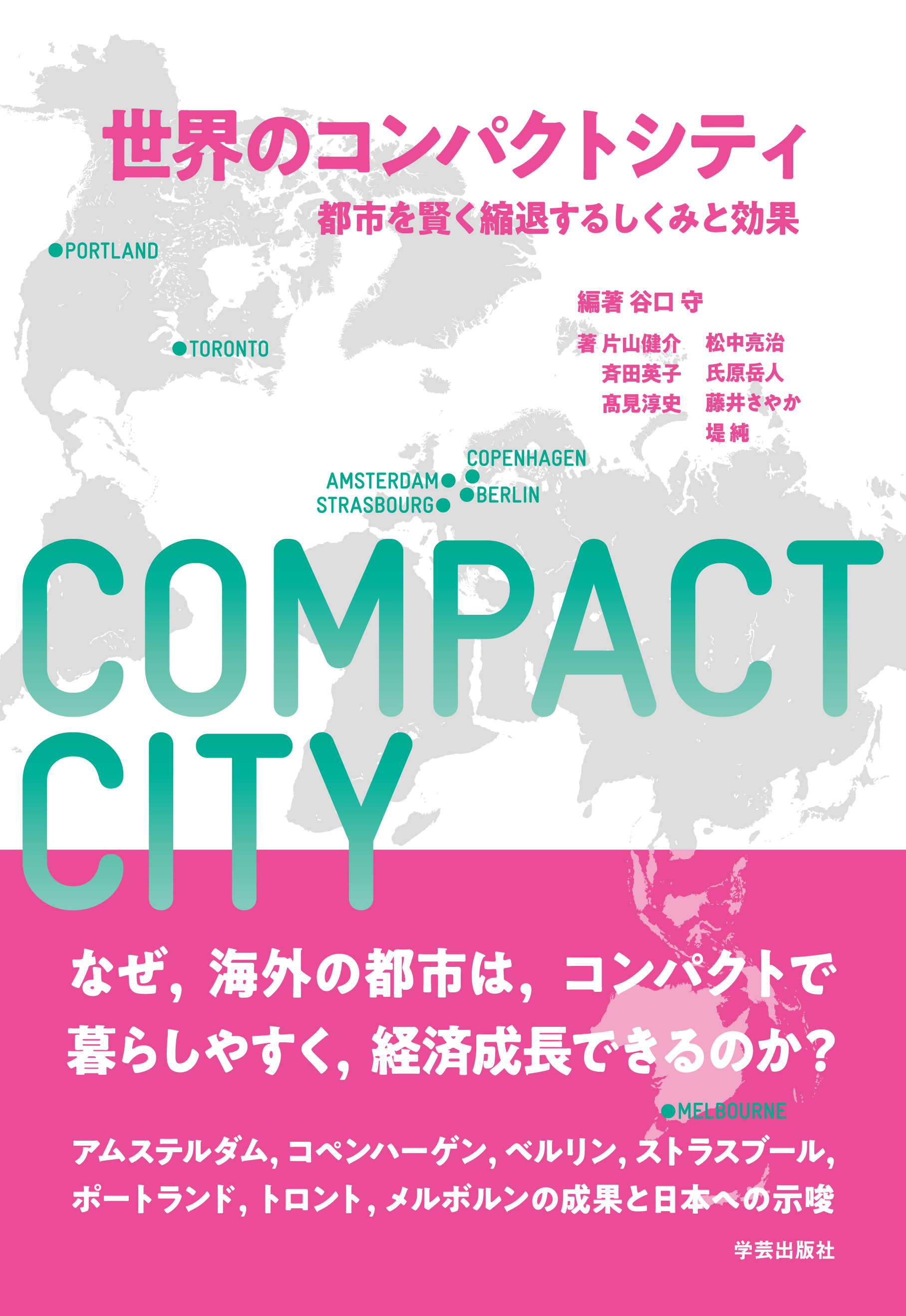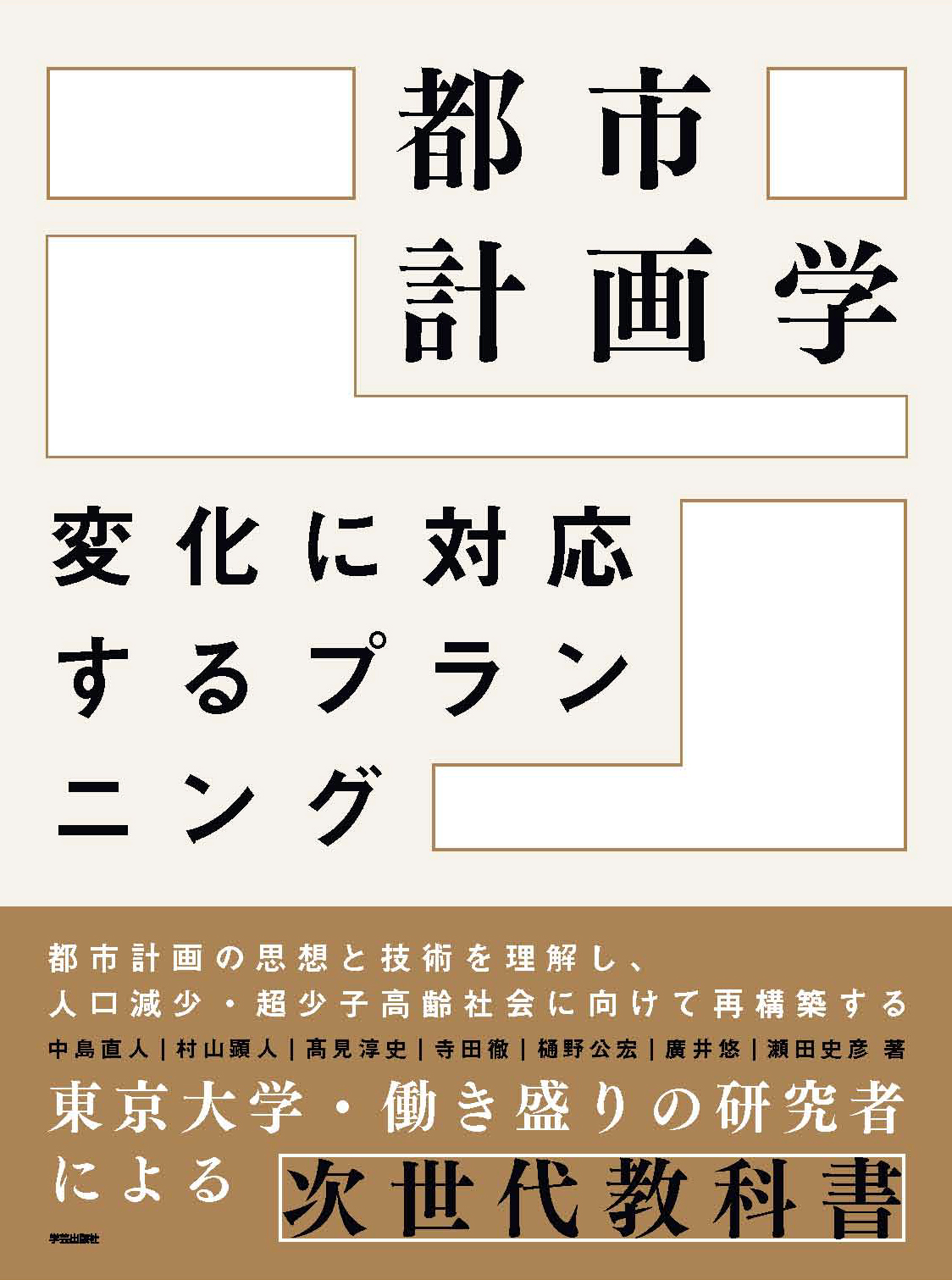
Title
Toshi keikaku-gaku (Urban Planning - Planning That Responds to Changes)
Size
208 pages, B5 format
Language
Japanese
Released
September 25, 2018
ISBN
978-4-7615-2689-4
Published by
Gakugei-Shuppansha
Book Info
See Book Availability at Library
Japanese Page
This book is an urban planning textbook with different sections handled by different authors, predominantly by faculty teaching at The University of Tokyo’s Department of Urban Engineering. As per the preface, content taught to students by urban planning specialists born in and after the 1970s, with a trial-and-error approach, has been assembled in this book without modification. Until now, a great number of urban planning textbooks have been published. Like them, this book also features an orthodox configuration that discusses urban planning for each individual field including: land use, urban transportation, housing, urban design, landscape planning, urban disaster prevention, and regional planning. However, there are also clear differences from similar books. One such difference, as indicated in the preface, is the examination and discussion of each urban planning field as a framework for sharing a historical understanding and awareness about the idea of “cities being managed together” in a way that places value on sustainability and is relevant to modern Japan, which is experiencing an aging population, declining birth rate, and overall population loss. This is done having first put into order the idea of “cities to construction” that advance infrastructure, such as government-spearheaded roads and parks, based on city modernization objectives after the enactment of the City Planning Act of 1919, and “cities to be developed” that control vigorous private civilian construction activities while also providing infrastructure that serves as an outlet for said activities. In short, each chapter contains discussions regarding the direction that urban planning is currently poised to move in, having first offered sequential explanations of the developments that have taken place in scholarship and technology for each urban planning field up until now. This framework will allow the reader to understand not just each individual field of urban planning, but its overall flow as a whole. Another point that can be said to differentiate this work from similar titles is the importance placed on the position of physical planners, with chapters devoted to both plan-making techniques and professional function and ability. With the latter in particular, the current state of physical planner training education is discussed, while also touching upon the Urban Engineering and Sustainable Urban Regeneration graduate program curriculums. Comments from former urban planning personnel are provided, and objectives in training urban planning specialists and leaders are shared, such as regarding the ideal mindset of an urban planner, serving as a rough guideline of sorts for the overall book. Additionally, a guide at the end of the book introduces eight related publications from each of the chapter authors, a total of 72. This book is intended as an urban planning primer, but it should also be able to guide readers in further inquiry into their fields of interest.
(Written by NAKAJIMA Naoto, Associate Professor, School of Engineering / 2021)



 Find a book
Find a book


